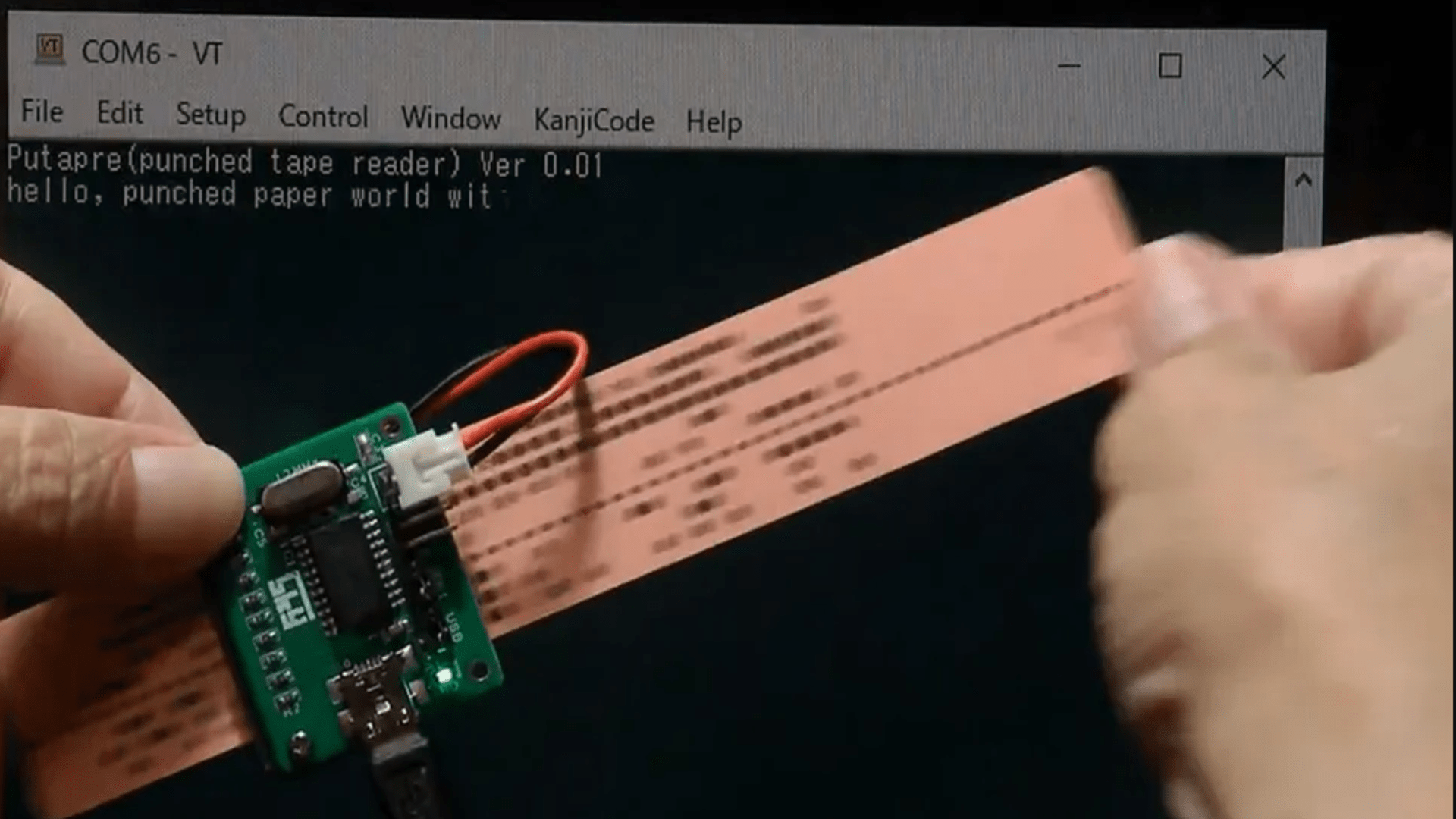- New custom tape drive relies on minimal optical setup using modern parts
- Adjusting the LEDs and calibrating the sensors required a lot of patience during the initial testing phases
- Crosstalk reduction has become a key factor to stabilize signal accuracy consistently
A retro computer enthusiast has built a freshly minted punched tape drive that relies on a minimal set of modern components called Putapre.
The device comes from Skyriver, who wanted a simple optical system that could handle punched tape without the complexity of vintage contact mechanisms.
Its design uses an 8-bit PIC18 microcontroller connected via USB and relies on a phototransistor combined with an infrared LED to detect each hole in the strip with controlled light passing through the paper.
How the optical system was tuned for precision
Skyriver explains that it took considerable time to get the balance between lighting and sensor right: the intensity of the LEDs required repeated adjustments to avoid false triggering, while the sensitivity of the phototransistor had to be configured to detect precise transitions.
The manufacturer also focused on reducing crosstalk between channels, which required several hardware adjustments.
The choice of ribbon material proved important because different papers responded differently to the path of light, and after several attempts the system reached a point where the ribbon could pass cleanly with consistent readings.
To stabilize the strip, Skyriver created a 3D printed guide that keeps the material aligned with the LED and sensor.
The guide ensures that the tape does not move during movement and allows the optical path to remain stable throughout the feed.
With this mechanical support in place and a little practice in handling the setup, the player became predictable enough for demonstration.
Skyriver notes that these improvements were essential to achieving reliable performance from the hardware.
The software responsible for interpreting the signals currently only performs essential operations, but Skyriver is committed to improving it in the future.
Early estimates indicate that the drive operates at around fifty bytes per second, meaning users should not expect high data reading speeds.
However, this rate is still faster than older contact systems, but still modest by any modern standard.
Punched tapes were an important part of early computing before magnetic media replaced them, and they still attract the interest of enthusiasts.
Skyriver suggests designing a compact punching device so that the strips can be produced without using vector files or laser cutters.
That said, the completion of this project is quite slow and its focus is very narrow, suggesting that it will have limited practical value.
This nevertheless reflects the interest in reconstructing historical technology for experimentation rather than efficiency.
Follow TechRadar on Google News And add us as your favorite source to get our news, reviews and expert opinions in your feeds. Make sure to click the Follow button!
And of course you can too follow TechRadar on TikTok for news, reviews, unboxings in video form and receive regular updates from us on WhatsApp Also.




